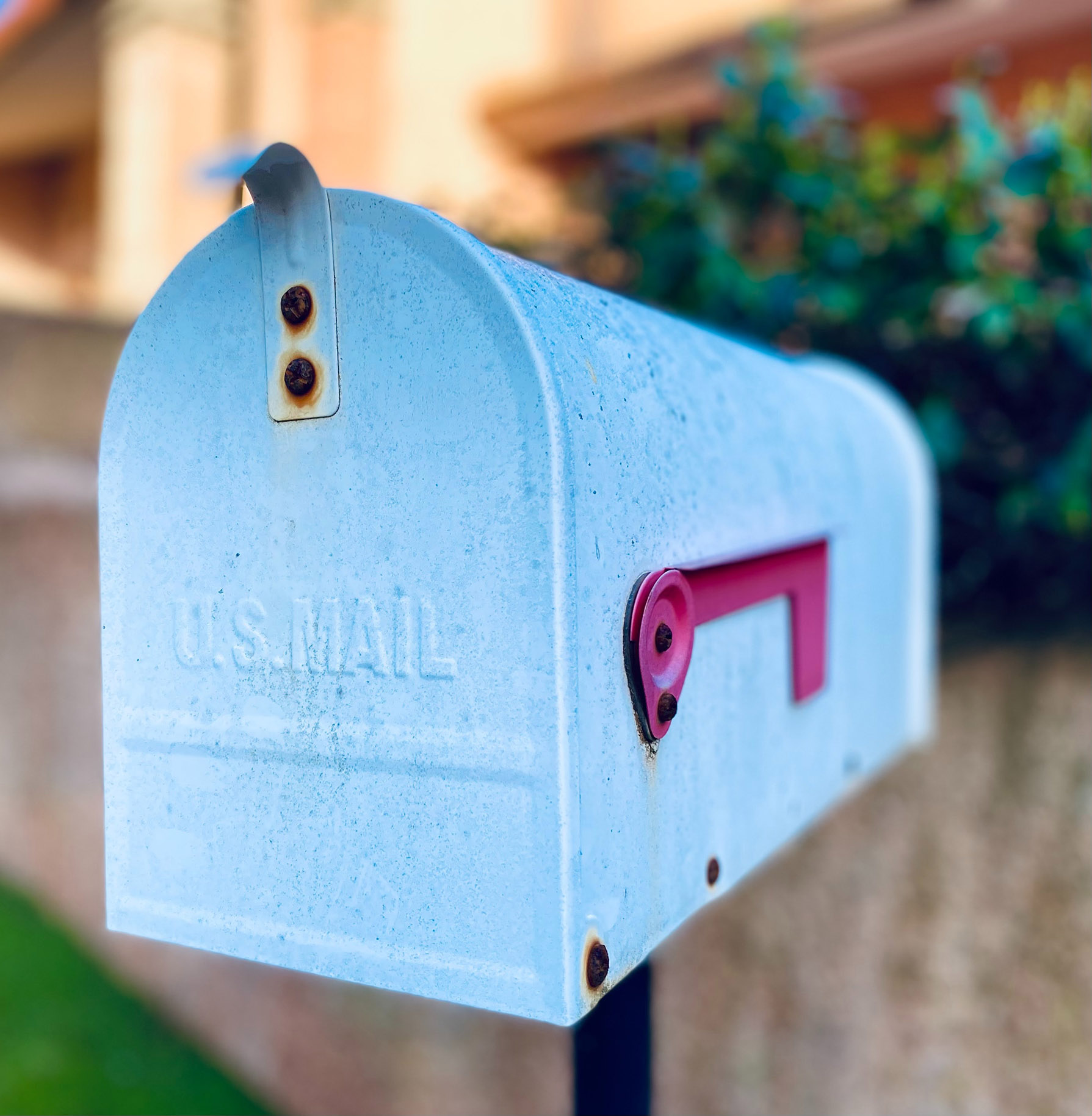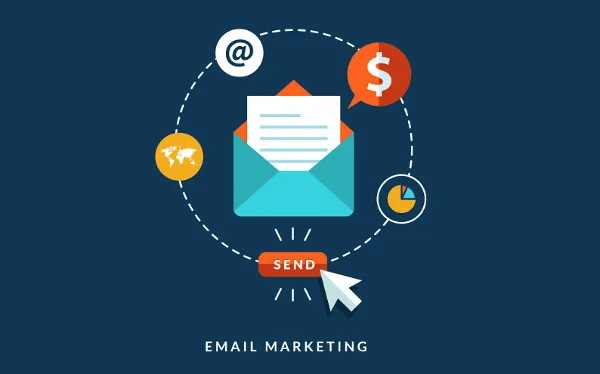If you’ve heard of EveryDoor Direct Mail but aren’t sure where to get started, read on. Created by the United States Postal Service (USPS), EveryDoor Direct Mail makes it easier for organizations to promote themselves to local communities and reach broad swathes of audiences in one shot. The best part is you don’t need to know individual addresses — it’s all done through location-based targeting.
Seems simple enough. So how does it work?
The way USPS EveryDoor Direct Mail works is by using maps — both a physical map of local postal routes, neighborhoods, and zip codes, as well as a map based on demographics. Demographics include age, income, or household size — any data that has been reported in the most recent United States census. In order to reach your target audience, you don’t need to know the exact address for each individual — just the general region and demographic criteria are enough.
With that said, there are a few caveats. Here are three things to consider when using USPS EveryDoor Direct Mail. Let’s dive in!
1. Are you trying to reach businesses or individuals?
Businesses are included in mailing routes, but they are not always the primary audience. If you’re looking to reach more businesses — such as recruiting them for corporate volunteering opportunities or employer-match donations — you might want to consider a targeted mailing that only reaches businesses.
If you’re looking to raise awareness of your nonprofit organization or invite community members to a neighborhood event, then EveryDoor Direct Mail is a perfect solution. It reaches individuals in the community and gives them something tangible to hold onto.
And that’s a good way of distinguishing whether EveryDoor Direct Mail is the right solution for your organization. Think of it this way: is it something most people on a designated mailing route would benefit from learning about? Or only a select few?
2. How quickly do you need people to receive your mailing?
If this is related to a time-sensitive opportunity, then you need to plan far in advance to ensure that the delivery date lines up with your promotion. The average delivery time for EveryDoor Direct Mail is between 7-14 days from the time it is received by the post office. If this is a mailing that goes out around the holidays, during peak mail times, it will most likely drop closer to that 14-day period and possibly beyond.
Take that into consideration as you go through the design and print process of your direct mail pieces.
3. Are you comfortable adhering to the required design criteria?
Direct mail is a broad term that encompasses a wide range of marketing materials, such as brochures, catalogs, postcards, newsletters, and more. However, part of the reason why EveryDoor Direct Mail is cheaper than a traditional bulk mailing is that there are rigid criteria printers have to follow to allow the USPS to process your order quickly. If you’re comfortable with that, then you can save anywhere between $.08 to $.38 per piece.
On the other hand, if you have a particular design, layout, or want to include a personalized message, then bulk mail is probably a better option. For example, there’s no option to address each individual personally or include other personalized touches with EveryDoor Direct Mail. Instead, the address field is generic to the tune of “Neighbor” or “Current Neighbor.”
Deciding whether EveryDoor Direct Mail is right for you is a personal choice. At Redstart Creative, we’ve worked with organizations that have done both EveryDoor Direct Mail or targeted mailing lists, and we can also help create segmented mailing lists with variable data based on your organization’s needs. Whichever way you choose to communicate through direct mail, we can help. Review our direct mail options and get in touch with us to learn more!



